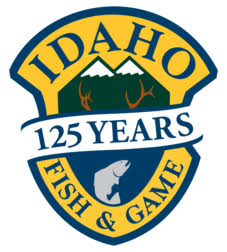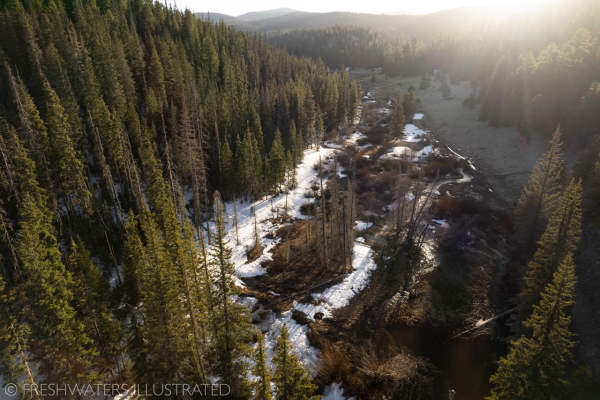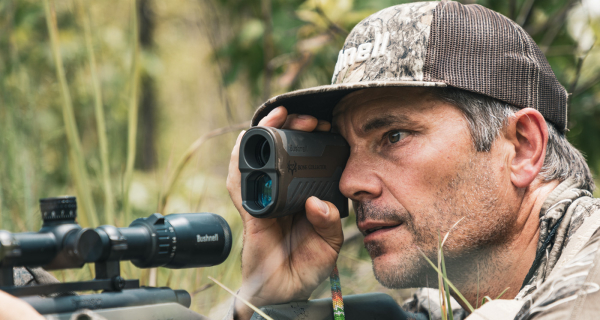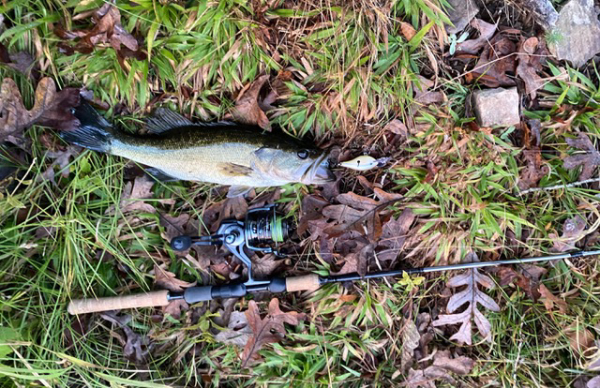What the Heck are Hoot Owl Restrictions?
Editor’s Note: Today, our fishing expert Frank Sargeant answers a question that has confused many of us who aren’t familiar with fishing in the West: What the heck are hoot owl restrictions?
If you’re a southern bass and panfish angler, it’s safe to say you’ve never heard of “hoot owl” restrictions on fishing. But for western trout anglers, they’re currently a bone of contention in some waters.
While a lot of conservationists would disagree, the Idaho Department of Game and Fish (IDFG) just released a study that says “hoot owl” restrictions on summer trout fishing—that is, closing down fishing on many streams when water temperature rises during the hottest part of the day—do not protect a significant number of trout during the hot months, at least in some Idaho waters.
The idea of hoot owl restrictions is that trout caught between 2 p.m. and midnight are stressed and then plunged back into water that is already stressing them simply by being too warm and too low in oxygen. Many fish released in the warmer water don’t make it.
Trout do best at temperatures from 70 F down. Brook trout are the most delicate of trout species, thriving only in water from 44 to 64 degrees. Rainbows and browns do best at temperatures from 44 to 67, but still do some feeding up to 73. After that, it’s survival mode.
While the study indicated, as expected, that more trout caught when water temperature above 73 degrees F died after release, it also indicated that anglers were able to catch a lot fewer trout when the water temperature was 73 or higher—the fish simply quit feeding.
In colder water, the mortality of tagged and released fish was lower, but anglers caught a lot more fish, so the overall mortality was higher.
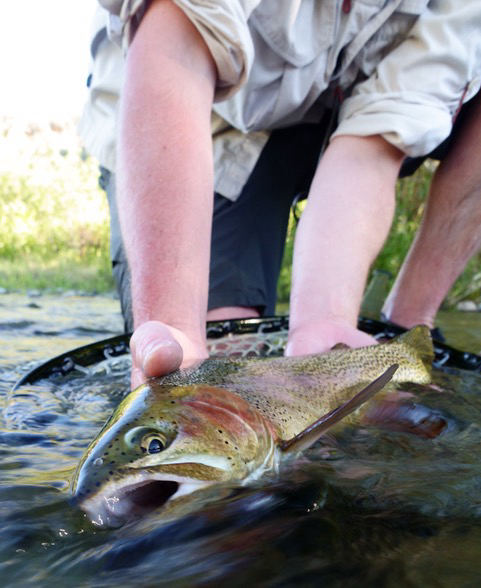
So, trout anglers cause some low amount of fishing mortality regardless of the water temperature. However, while mortality of individual trout goes up at higher water temperatures, angler catch success goes down at the same time. Because catch rates drop as the water temperatures climb, anglers are causing as much fishing mortality the at lower water temperatures as they are at higher water temperatures because they just catch fewer trout.
Another surprising result of the study is that most trout never get caught by anglers at all, at least in the Big Wood River where Idaho DFG did the study. The river is a tributary of the Snake River, flowing southeast of Boise.
In 2014, Fish and Game biologists tagged 159 trout throughout the river. In the three years after being tagged, a total of 14% of those trout had been caught (and none were reported as being kept). Dividing that up evenly across the 3 years, the average annual encounter rate (amount of fish caught by angers) is only about 5% per year.
Idaho biologists say that limiting summer fishing would consequently seem to have little impact on trout populations, at least in this river system.
Instead, winter conditions seem to be a limiting factor.
“Winter is often the most important period for trout and can be seen as a filter controlling how many trout will be available for anglers to target the following year,” says Joe Kozfkay, Idaho state fisheries manager. “After a series of good water, temperature, and winter flow years, trout populations increase sometimes to the tune of 30 percent above long-term averages.”
Poor winter flow years can have the opposite effect.
“Low winter flows is a concern that will probably dictate how many fish we have next year,” High said.
The study is sure to spur arguments throughout the West where low water and high temperatures due to reduced snowmelt are causing issues for trout. Neighboring Montana, for example, relies heavily on hoot owl restrictions in most prime trout waters. Wyoming, on the other hand, only applies them in the heavily-fished waters of Yellowstone National Park.
Colorado uses only voluntary hoot-owl closures on rivers subject to low summer flows July through August. “Voluntary” closures would seem like no closures at all in most fisheries, but trout fishers are a different breed, at least those who wield fly rods, and most anglers don’t fish during the stressful periods.
Like them or lump them, hoot-owl restrictions are yet another symptom of the continuing trout (and forest fire) problems in the Rocky Mountain States, where longer, hotter summers and shorter, dryer winters are now apparently the norm.
Best bet if you want to visit for trout fishing, pro’s say, is to wait until September and early October. Most of the crowds disappear, the water cools, the fish get happy, and you can enjoy the aspens turning the slopes gold along with some great fishing.
— Frank Sargeant
Frankmako1@gmail.com


